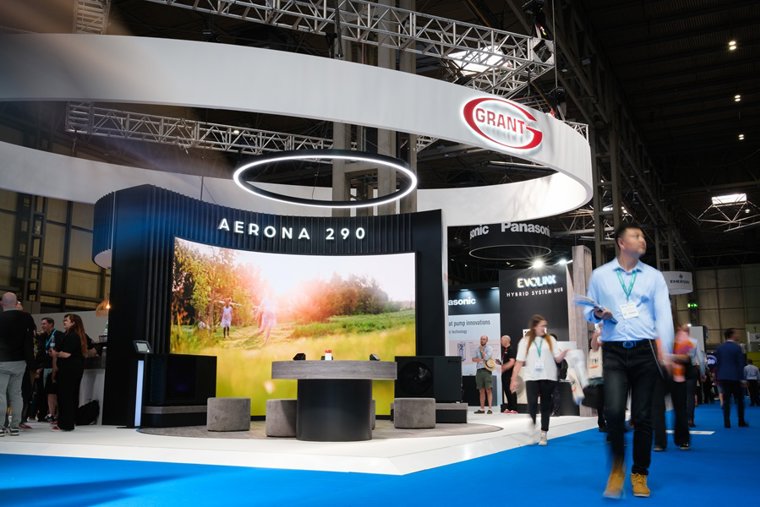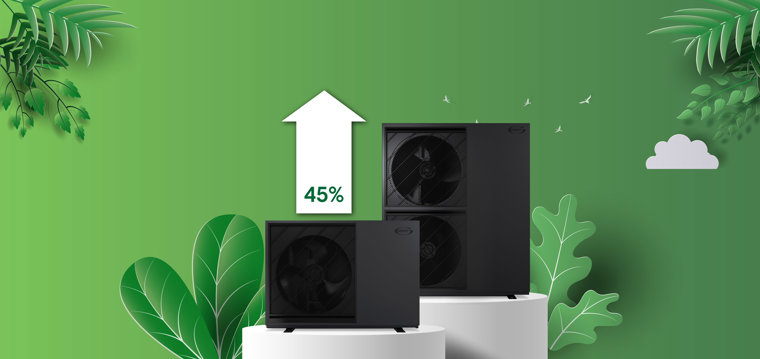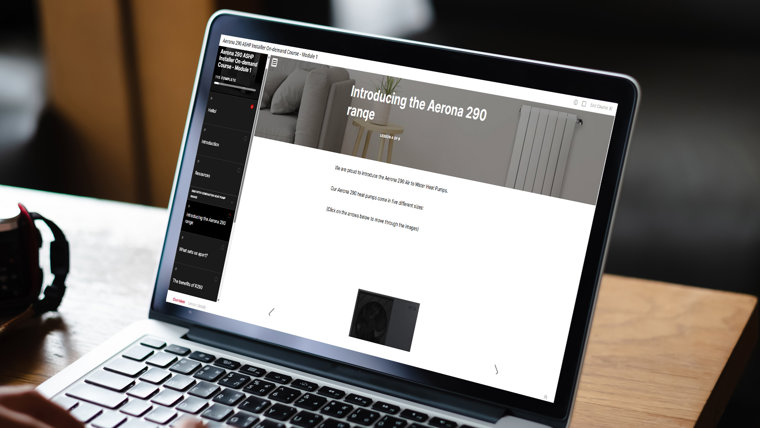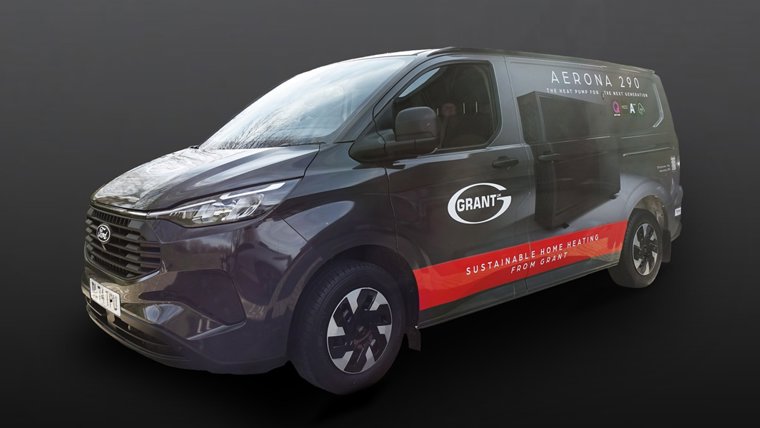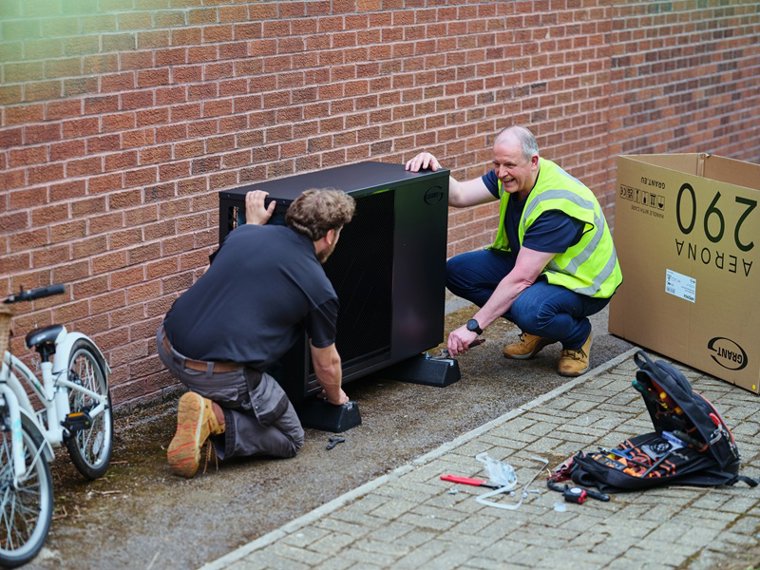
‘Start with Grant’: Empowering installers through lived experience of low carbon heating
Grant UK has launched a version of Nesta’s Start at Home initiative to heating engineers across England and Wales. The new programme, called Start with Grant, gives fossil fuel boiler installers who haven’t ever fitted a heat pump the opportunity to install a fully funded Grant air source heat pump system in their own home with full technical support.


